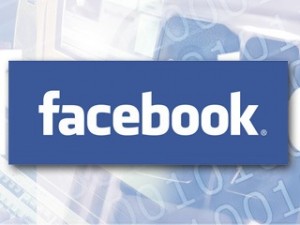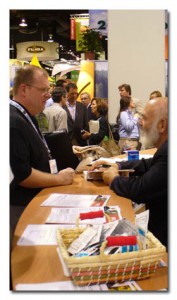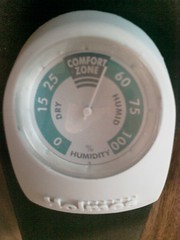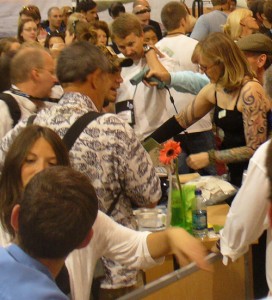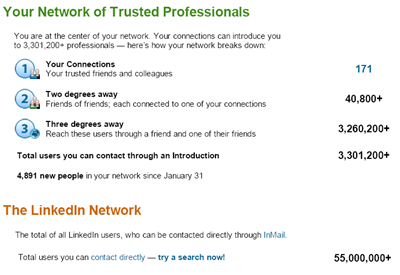Panning for Gold in Your Inbox: 5 Best Inbox Links of the Week

I admit it. I subscribe to waaay too many e-mail newsletters. Most I don’t get a chance to read. So if you’re going to get my attention on a regular basis in my inbox your stuff had better be damn good.
Thankfully, a number of marketing and sales folks manage to do that. I thought I’d put a short list together of the top __ blog post links that arrived in my e-mail the past week or so.
In no particular order:
5 Ways to Love Your Customer! from Paul Castain’s Sales Playbook
Paul consistently grabs my attention with his cool, fun, wacky bull-in-a-china-shop approach to blogging. Check some of the titles to his other blog posts, such as How My Death Taught Me To Live!, 247 Billion Emails – 6 Ways To Rethink Them!, How are you wasting your 2.1 hours today?, and Fire The Gatekeepers!
Yes, he uses a lot of exclamation points. But that’s okay…I think they’re pretty cheap when you get them in bulk.
4 Reasons PR Agencies Are Failing in Social Media from Valeria Maltoni’s Conversation Agent
Valeria digs deep into the marketing, sales and social media aspects of stuff that frankly I hardly ever think of. It’s like of like driving through a car wash with the windows down. Much of Valeria’s stuff is useful, thoughtful and a slap in the face at times.
21 Ways to Increase Your Facebook Fanbase from Michael Stelzner’s Social Media Examiner
The Social Media Examiner blew onto the web out of nowhere last year and is now one of the premier stopping points for useful posts for anyone looking to improve their social media skills. If you’re got a Facebook page, this is a great post.
Prepare for the mobile gold rush with your new mobile site from Joan Stewart, aka The Publicity Hound
Joan celebrated her 500th newsletter with a look ahead. Not surprising. She had a blog post with some useful links to how she set up her mobile website http://publicityhound.mobi/.
If you’ve ever thought of getting your website onto the mobile phone platform, this is a good introduction.
Finally, from Marcia Yudkin “The Marketing Minute” comes some great tips on How to Perk Up Your Bio:
On your “About” page, in conference materials, in media kits or elsewhere, a business bio should not be a cold, dry résumé, with every fact in its appropriate slot.
Nor should it be a chronology of your career.
Instead, in your bio, provide an overview of your achievements and distinctive work approach. Through what you say or how you say it, also impart a sense of you as a person.
To warm up your bio with sparks of life, include one or more of these:
* A quote from you or your personal motto
* A phrase clients or an authority figure use about you (clients call him “the uncoach” because his advice is so laid back and subtle)
* Fanciful or unexpected language (paints the scenes that beckon to her)
* Concrete details (trained his first dog, a Schnauzer, at age 10)
* Vivid extremes or contrasts (has taught everyone from CEOs to imprisoned drug dealers)
* Tantalizing numbers (the third most quoted Canadian chartered accountant)
* A fact that humbles you (Alan Weiss once appeared on Jeopardy, where he lost to a dancing waiter)
Find Marcia’s newsletter and blog here.
To my mind all of these newsletters are worth opening and at least scanning. A quick scan lets me know if I should dig deeper – and more often than not, I do.
What’s in your inbox that’s worth sharing?


